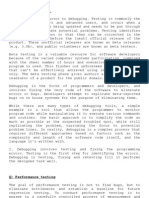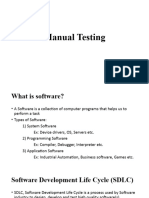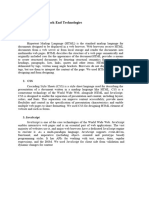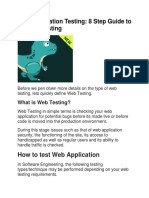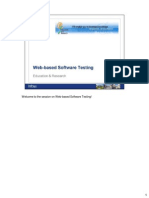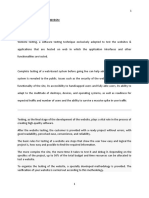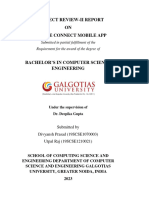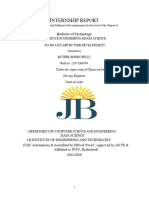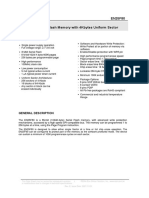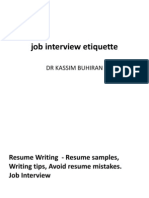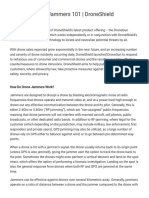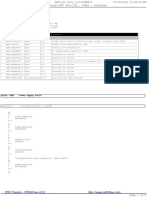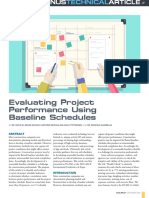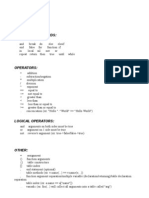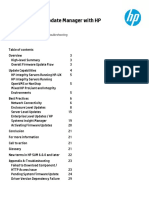0% found this document useful (0 votes)
16 views5 pagesUnit-8 Web Technology
The document discusses responsive web design, emphasizing the importance of adapting websites to various screen sizes and user experiences. It also covers smart devices, testing and debugging processes, and advanced server-side issues, including web application attacks and prevention methods. Additionally, it introduces the Model-View-Controller (MVC) framework, specifically in the context of the CodeIgniter PHP framework for web application development.
Uploaded by
Jhalnath ChapagainCopyright
© © All Rights Reserved
We take content rights seriously. If you suspect this is your content, claim it here.
Available Formats
Download as PDF, TXT or read online on Scribd
0% found this document useful (0 votes)
16 views5 pagesUnit-8 Web Technology
The document discusses responsive web design, emphasizing the importance of adapting websites to various screen sizes and user experiences. It also covers smart devices, testing and debugging processes, and advanced server-side issues, including web application attacks and prevention methods. Additionally, it introduces the Model-View-Controller (MVC) framework, specifically in the context of the CodeIgniter PHP framework for web application development.
Uploaded by
Jhalnath ChapagainCopyright
© © All Rights Reserved
We take content rights seriously. If you suspect this is your content, claim it here.
Available Formats
Download as PDF, TXT or read online on Scribd
/ 5







